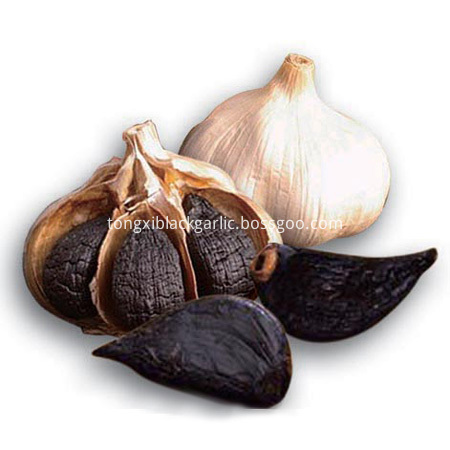Primary suspension cell Giemsa staining
Smear method:
1. The cultured cells are prepared into a cell suspension having a density of 106 cells/ml using an isotonic solution containing 5% to 10% serum;
2. Drop 1 drop of cell suspension onto one end of a slide, and spread the cells onto the slide according to blood smear with another clean slide;
3. After the slide is dried in the air, it is fixed with methanol;
4. Stain the cell-coated slides;
5. Note that in order to avoid cell shrinkage, the cell-coated slide should be dried as soon as possible, and the slide can be shaken or blown dry with the cold air of the hair dryer;
6. Fix with methanol, Giemsa staining;
Centrifugation method:
1. Centrifuge the cells of the cell suspension directly onto the slide using a centrifugal smear to allow centrifugation and smear of the cells to proceed simultaneously;
2. Prepare a cell suspension containing a small amount of protein in the cell suspension and adjust the cell concentration to 106 cells/ml;
3. Align the filter paper hole with the hole, then insert it into the groove of the machine head, and tighten it with the spring piece so that the filter paper piece is clamped between the hole of the specimen room and the slide;
4. Centrifuge specimens must be placed symmetrically and balanced. Then pipette the cell suspension 0.1-0.2ml and quickly drip into the specimen room inlet, centrifuge at 1000r/min for 5min;
5. Automatically shut down after centrifugation. Removing the slide after drying in the air;
6. Fix with methanol, Giemsa staining;
Vacuum filtration method:
1. The culture was prepared into a cell suspension having a concentration of 106 cells/ml using a culture solution containing 10% serum;
2. Take 5-10 ml of cell suspension, using a diameter of 25 mm, a pore size of 0.5 μm of Nucleopore porous;
3. When the filtration suspension still has about 2 ml remaining, gently add 110 ml of the balanced salt solution and continue to filter. After the remaining 2 ml, add 10 ml of the balanced salt solution and continue to filter. Repeat this again. In this step, the balanced salt solution has the function of rinsing the cells, which can ensure that the cells are fully and uniformly filtered, and the subsequent methanol fixation is accurate;
4. Then add 10ml of methanol to the balanced salt solution, until the filtered liquid is pure methanol;
5. Dry in the air, after the methanol is completely evaporated, carry out Giemsa staining;
Dye preparation:
1. Weigh 0.5g of Giemsa powder and 22ml of glycerin;
2. Take a small amount of glycerin and mix well with the Giemsa powder in a mortar and grind until no particles are present;
3. Pour the remaining glycerin into the mortar and incubate at 56 ° C for 2 h;
4. Add 33ml of pure methanol to mix, which is the Jimsa mother liquor, and store it in a brown reagent bottle;
5. Take 9 parts of Sorensen buffer with pH 6.80-7.30 and 1 part of Jimsa mother liquor to obtain the staining solution;
7. Gemsa dye solution was added dropwise at a ratio of 2 ml/cm2, covering the cell layer and staining for 2 min;
8. Remove the stain, rinse off the pink background with tap water, and rinse the cells with deionized water.
9. Observe the single layer of moist cells with a microscope. If the cells are dry, re-make the cells and observe them again;
result:
The nucleus is stained purple or purplish blue, while the cytoplasm is stained light red;
Precautions:
1. The dyeing solution should be used now, and the dyeing effect of the old dyeing solution is not good. The dyeing time should not exceed 48h;
2. Giemsa is extremely sensitive to pH. Therefore, the pH of the buffer should be accurate, otherwise the dyeing effect will be poor. When dyeing with a dyeing cylinder, as the dyeing time is prolonged, an oxide film (shiny) is often formed on the surface of the dyeing liquid to adhere to the glass sheet to form a stain, which is difficult to remove. Therefore, when dyeing with a dyeing cylinder, especially if it is not used, the oxide layer of the liquid surface should be scraped off with a small piece of filter paper before dyeing. After dyeing, the specimen should be immersed in water to rinse the dye solution;
Black garlic contains 18 kinds of amino acids, garlic-ene, peptides, polyphenols, active SOD, biological enzymes, glycosides, vitamins, lipids, trace elements, carbohydrates, green sulfur compounds, easily absorbed by the human body composition. The structure ratio is reasonable, and without any side effects.

( Aged ) Black Garlic
Aged Black Garlic,Organic Black Garlic,Fermented Black Garlic,Peeled Black Garlic
Zhucheng Tongxi Commercial And Trade Co.,Ltd. , https://www.blackgarlicgroup.com